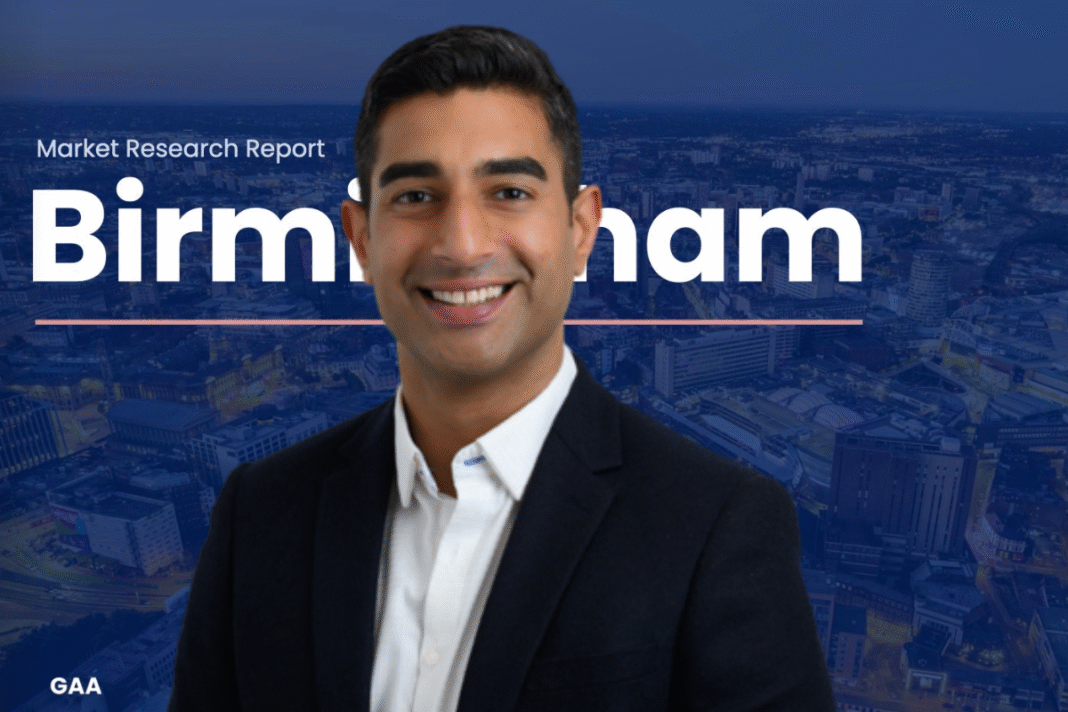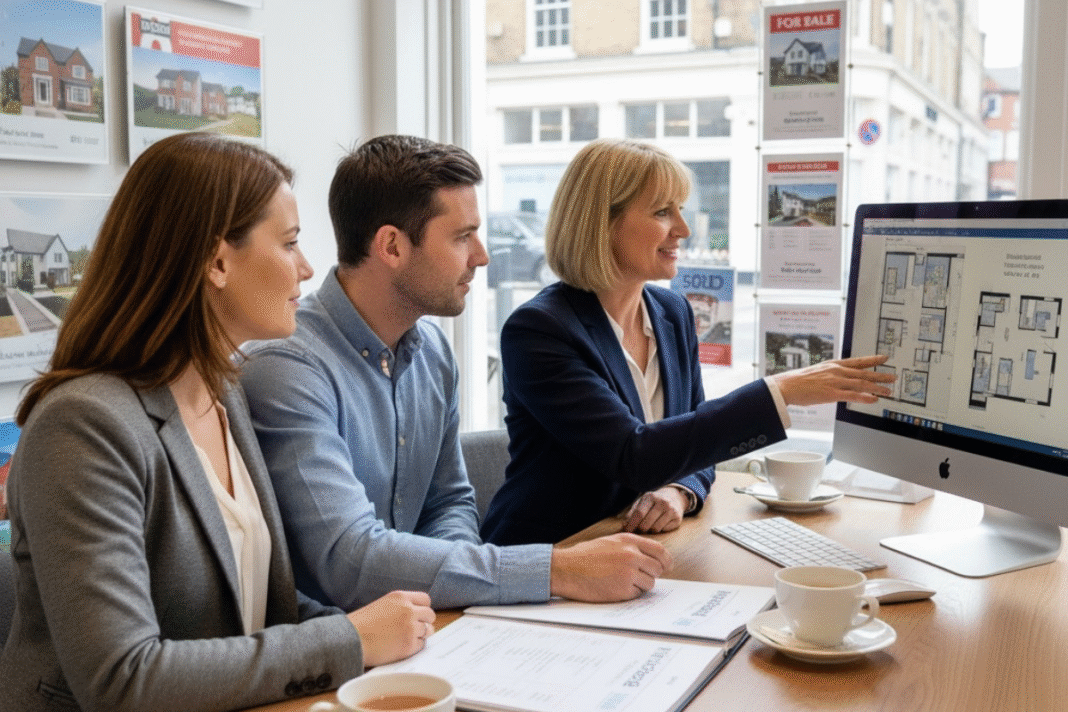A new Birmingham Market Research Report from strategic advisory firm GAA Living has identified major investment opportunities in the city’s Build-to-Rent (BTR) sector, fuelled by rapid population growth, rising incomes and an increasingly youthful demographic.
Birmingham’s population has grown by 6.9% over the past decade, equating to an additional 72,000 residents, outpacing the wider West Midlands region.
A further 46,000 new residents are projected by 2032, driving demand for new housing, infrastructure, and public services.
The report also highlights a significant rise in local wealth. Birmingham’s economy is forecast to grow at a compound annual rate of 18–23% over the next ten years, supported by a dynamic workforce – more than 440,000 residents aged 25–44 – and increasing inward migration from younger professionals.
STRONG PIPELINE
These trends are already being reflected in the city’s property landscape. Birmingham has 19 operational BTR schemes across key locations such as Digbeth; Southside; Broad Street and the city centre, delivered by leading operators including Touchstone; Moda Living; Savills; JLL; Urbanbubble; Grainger and Dandara Living. A strong pipeline of consented and under-construction developments points to continued sector expansion.
The Digbeth and Southside districts remain at the forefront of Birmingham’s urban revival, with extensive regeneration making them a natural home for BTR investment.
Major projects such as Great Charles Street, The Octagon and the Smithfield regeneration are also transforming the city centre, while a new wave of high-rise rental schemes along Broad Street is redefining modern urban living in proximity to Birmingham’s cultural and business hubs.
BTR DEMAND UP
Demographic trends are firmly aligned with national BTR demand patterns: 66% of Birmingham’s population is under 45, with average earnings of £35,100 – a profile that matches the 25–44 age group, which the British Property Federation reports accounts for 62% of BTR renters.
However, the report warns that a growing housing shortfall could exacerbate affordability pressures.
Between 2023 and 2028, household numbers are expected to rise by 11,589, requiring more than 2,300 new homes a year to meet demand.
INVESTOR OPPORTUNITY
Birmingham’s ageing housing stock compounds the issue: 86% of homes were built before 2000, and just 6.4% of properties achieved an EPC B rating in early 2025, leaving much of the city’s housing ill-equipped to meet modern energy standards.
Together, these factors create what GAA describes as both a challenge and an opportunity – for developers to deliver modern, energy-efficient homes and investors to capitalise on Birmingham’s rising demand for high-quality rental living.
Ronak Rawal (main picture, inset), Senior Director at GAA, says: “A growing population and substantial income gains look set to make BTR options increasingly affordable in Birmingham over the next decade.
“The city holds enduring appeal to young professionals and this widening pool of mid-market tenants supports sustained BTR demand, signalling a notable opportunity for investors.”
Read the report HERE.









